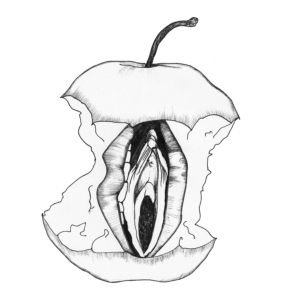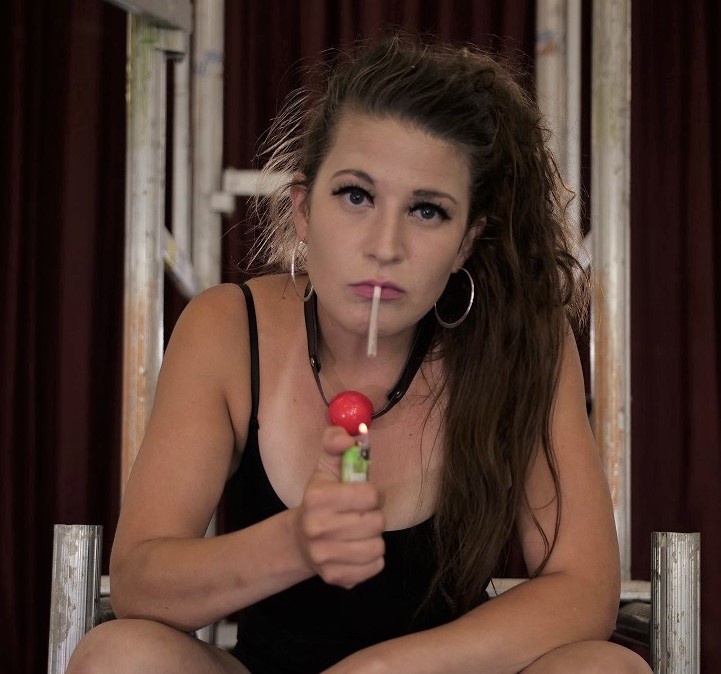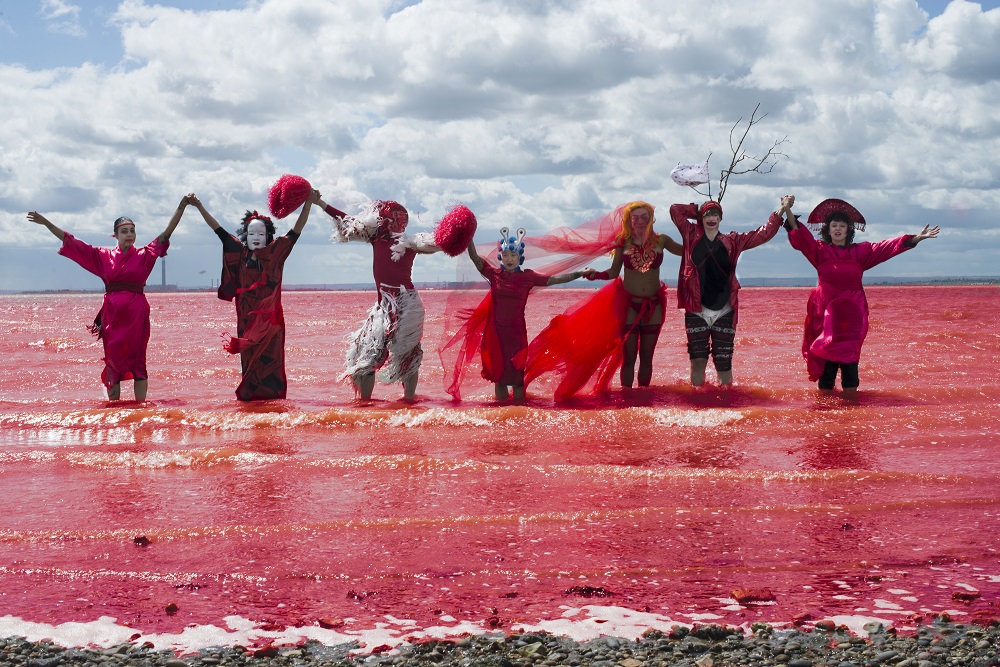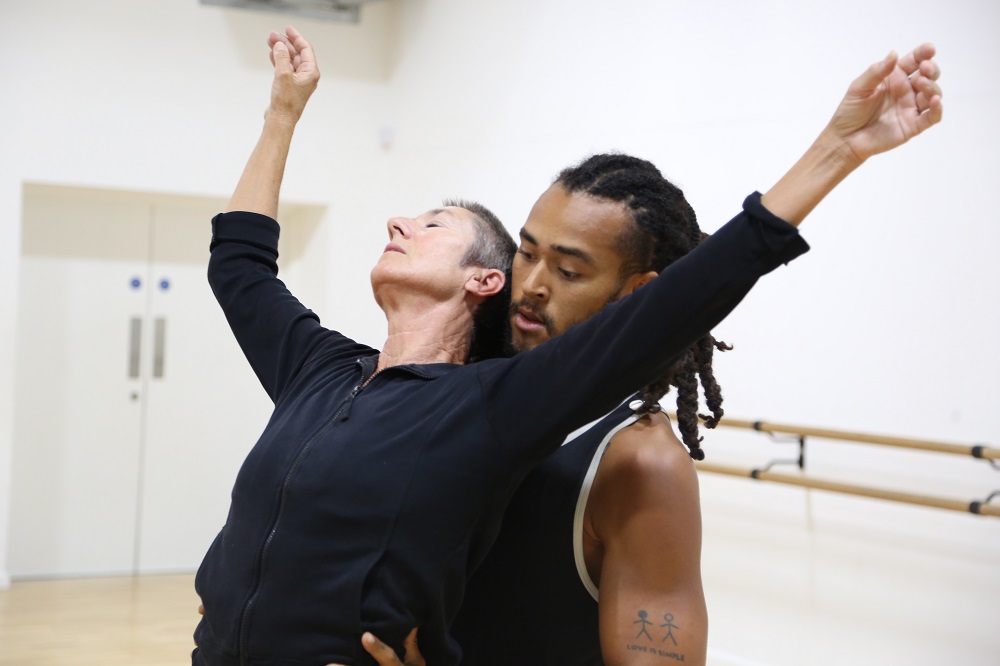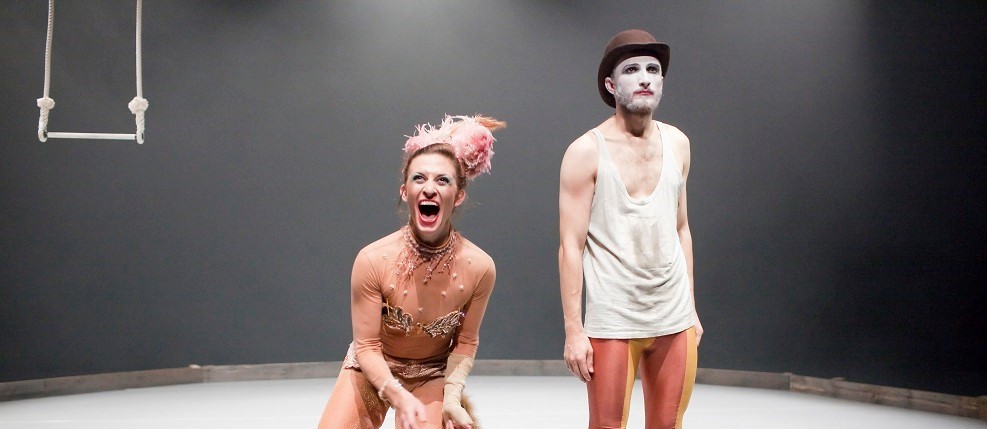I am in a field with 800 strangers, I feel anonymous but safe. I’m sitting next to a stranger and she’s talking to me like I’m her best friend, confessing her secrets and we’re sharing our views on reality. We won’t exchange numbers to stay in touch, we just connect for a moment and risk never meeting again.
We risked partying in these illegal spaces, making those fields our temporary homes. All those strangers and I would spend our 3 day weekend sleeping in the day and dancing all night. I wished to be there forever, but I was afraid the permanency would create normality and mundanity – the exact experience I was seeking to escape. My time as a raver was predominantly in the United States. I regularly attended underground forest parties, warehouse raves, and house parties by burners, in high school and university. For me, EDM, or electronic dance music, and an eccentric open-minded community are what makes these spaces special. There was a specific crowd attracted to these spaces, it was a party that attracted outsiders and a community that had a consensus of being kind to others and celebrating life together. The subculture I was involved in was very different in the American rave scene, compared to European or English. We have PLUR and kandi. I fell in love with PLUR and the scene left me craving more after each party. If it wasn’t for these events, I believe I wouldn’t have found circus as accessible. It was at these parties I saw aerialists and contortionists performing on stage for the first time. I saw hula hoopers manipulate one or multiple hula hoops on their body, and found myself buying a hoop and dragging it to every party to train or jam. The sense of community I experienced in these events empowered me.
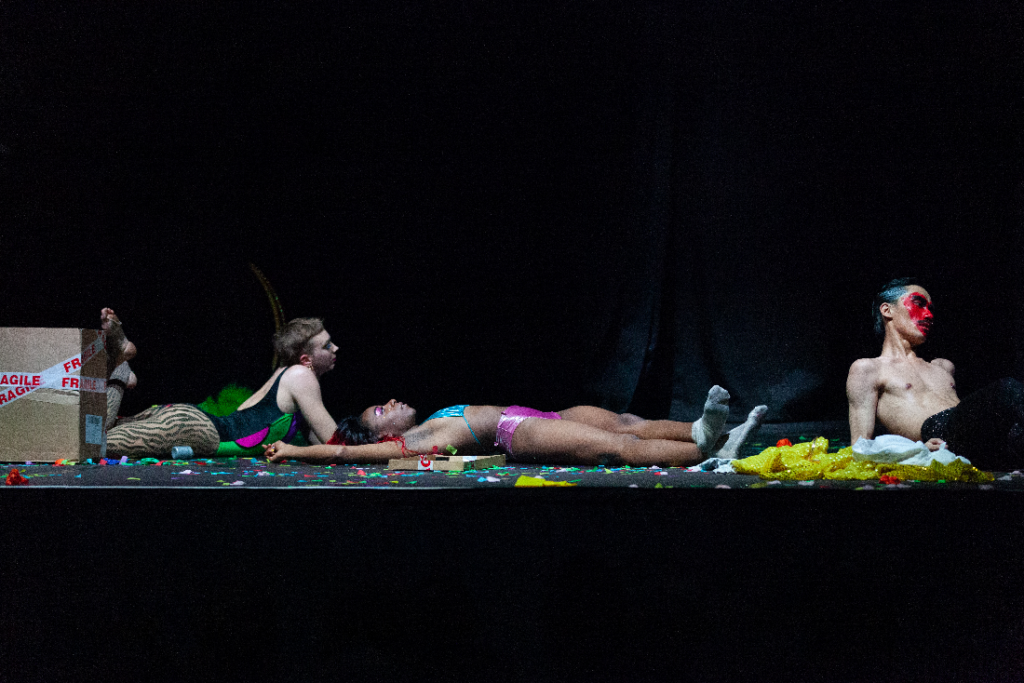
My experience at underground raves inspired me to become a circus artist. The nostalgia of these events drove me into theatre making, and inspired my most recent work, UTOPIAN (t&c’s apply), a ratchet live art circus show about an experience I had in a cult. In previous versions, it’s been presented as part queer rave, part spoken word confessional. I have revived some of my party memories using the raves as an aesthetic palette, and most significantly referencing how groupthink and social rules were such prominent features in both my rave and cult experiences. In November 2019, UTOPIAN formed a part of the finale of Circus Circus Circus, with myself and two other queer performers taking up space at Hoxton Hall. We partied around the balconies dancing along to high energy voguing music. We tossed 3ft balloons to each other, twerked, pole danced and performed our circus and dance skills. Between the party, we’d pause for a “commercial break”, where I told the audience a bit more about how I accidentally got involved in a cult.
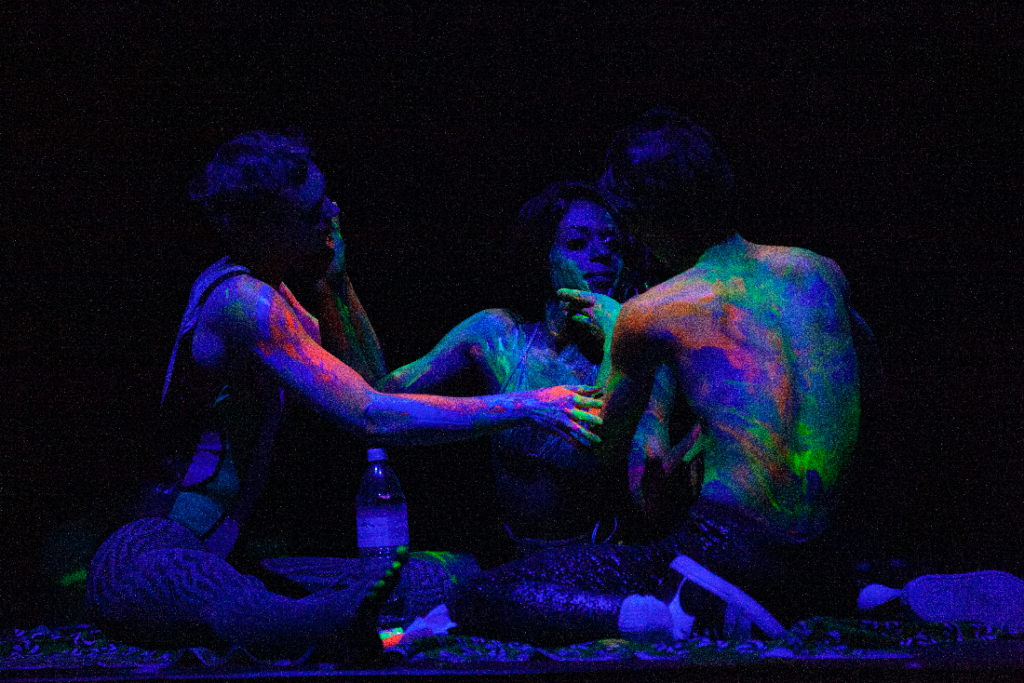
The idea of UTOPIAN came from me realising that I was an idealist and that I had blinded myself to aspects of both the rave and spiritual scenes. I wanted to believe I was surrounded by perfection when really there was a lot of violence, drug abuse, and dark gossip in the rave community. Similarly, an idealistic mindset led me to the spiritual group, which I later recognised as hierarchical, psychologically manipulative, and money-fuelled. UTOPIAN is influenced by my clarified perception of these communities and my attraction to them, but it’s not about defining them as good or bad. In fact, I am grateful for having been involved in a cult (and getting out when I did). Making UTOPIAN has allowed me to reimagine the parties I used to regularly attend and is a chance for a cathartic celebration: to reflect on myself and the multifaceted, bittersweet relationship I have with these communities. I would be lying to myself if I claimed I don’t romanticise now. The appeal to live full-time as a circus artist is a romantic thought and even as an audience member I romanticise as I watch an artist on stage perform a disciplined and difficult skill. This confident and controlled persona inspired me to reference superhumans as inspiration for the characters in UTOPIAN.
There is a surreal performance of skill that feels otherworldly when I see an aerialist perform on a hoop 10 meters up in the air. As a circus artist on the inside, I know the performance of control is deceptive. Whether it be my ex-cult guru or a circus artist, they both present on stage a performance that illustrates control and power. Mischievously, I enjoy this deceptive characterisation and it’s something I play on as I perform in UTOPIAN. The manipulative approach of performing tricks on stage while smirking and inwardly saying, “I’m in control” will never be 100% truth, but that is what I love about performance. Even when a mistake is made, a good performer will cover it up. If the artist believes it was intended then the audience will too. From a larger perspective, the circus industry, like the communities I was involved in, has its flaws. Artists and producers steal artistic ideas, racism prominently exists, there is a hierarchical ladder – and hell, there are cliques. You could say that my work with UTOPIAN is essentially reflecting on these romances, again not to say good or bad or to point fingers. It is a reflection on status, how power is used, and with new knowledge, how to progress.
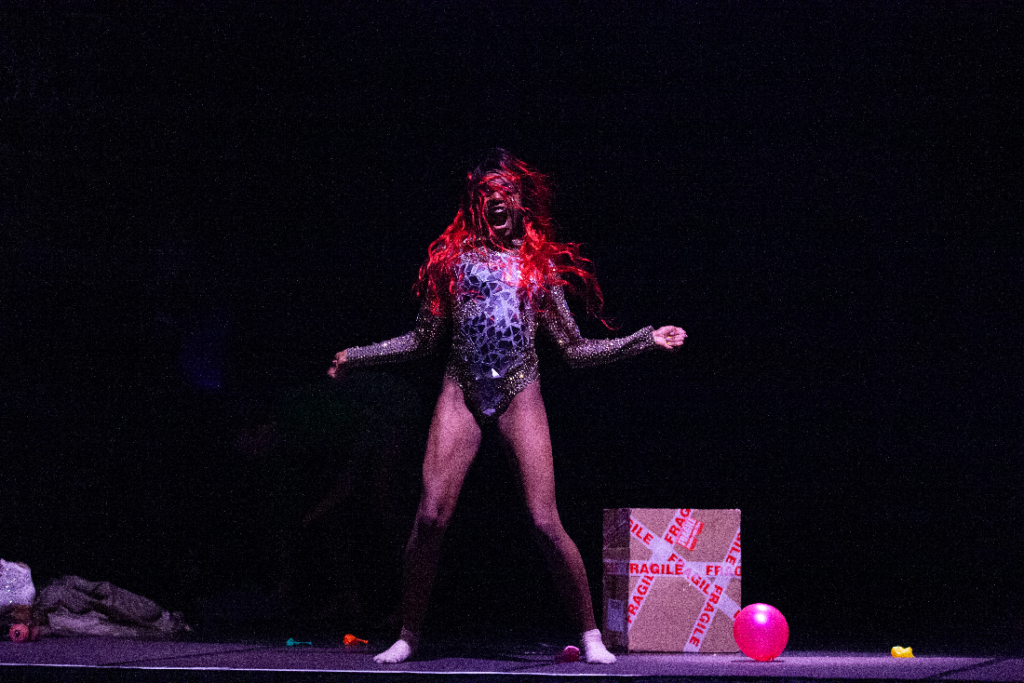
I have extra space to dream now. While I crave to be dancing half-naked in the woods somewhere warm, or exploring UTOPIAN in a studio with other queer artists, I can’t. But I’m still building UTOPIAN on paper, devising, and documenting in my own space at home and in studios. Dreaming of what UTOPIAN could be and if, or how, it can exist in a world full of uncertainty.
To stay in touch and find out more upcoming news and showings UTOPIAN (t&c’s apply) and other related projects follow her here: Instagram | Website | Online Confession Booth
[1] Burners – people that go to Burning Man, a community. Burning man is a temporary city that occurs once a year in August for 9 days in the desert. Burning Man is a global cultural movement based on 10 practical principles.
[2] PLUR – an acronym, PEACE LOVE UNITY RESPECT, a movement within the American rave community.
[3] Kandi – is the small bracelets made of pony beads or stones that people trade, widely used to spread the meaning of PLUR.
